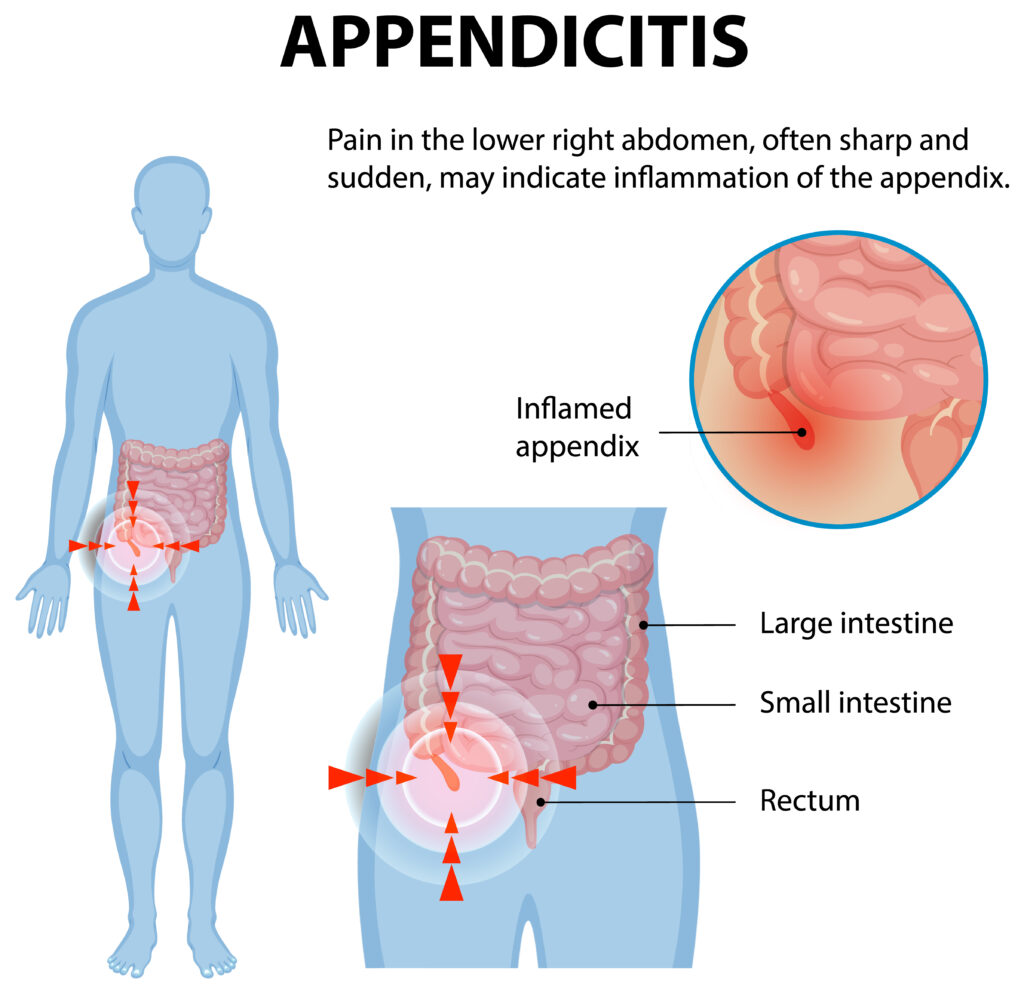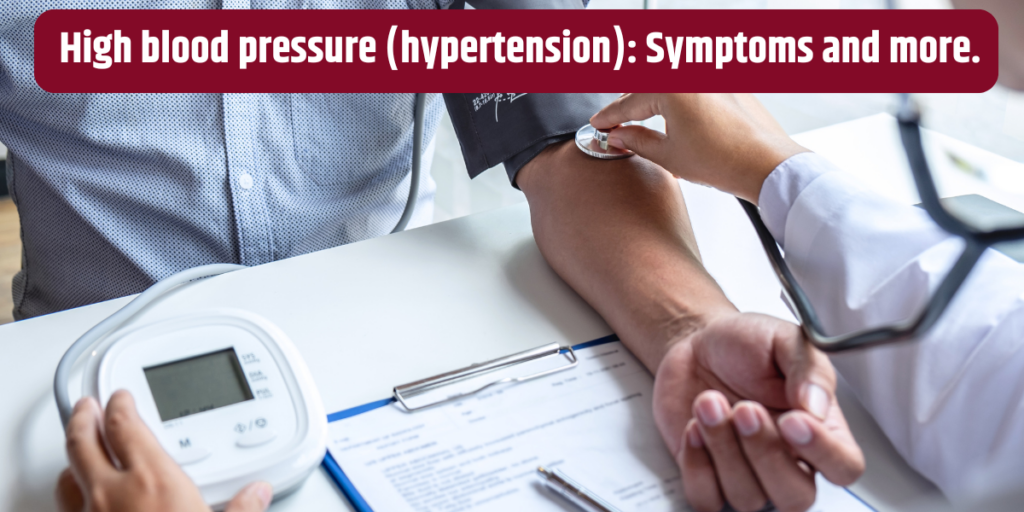Tips for preventing ear infections in children.

Ear infections are a common concern among young children, often causing discomfort, pain, and even temporary hearing loss. As a parent, understanding how to prevent ear infections can help keep your child healthy and happy. In this blog, we’ll explore the best preventive measures you can take to reduce the risk of ear infections in children. 1. Maintain Good Hygiene Proper hygiene is essential in preventing infections, including those in the ears. Teach your child to wash their hands regularly, especially before eating and after playing. This reduces the spread of germs that can lead to ear infections. 2. Keep the Ears Dry and Clean Excess moisture in the ears can create an environment for bacteria and fungi to grow. After baths or swimming, gently dry your child’s ears using a soft towel. Avoid using cotton swabs, as they can push earwax deeper into the ear canal and increase the risk of infections. 3. Breastfeed for Stronger Immunity Breastfeeding helps boost a baby’s immune system, reducing the risk of infections, including ear infections. If possible, breastfeed your baby for at least six months to provide them with essential antibodies. 4. Avoid Secondhand Smoke Exposure Exposure to cigarette smoke can weaken a child’s immune system and make them more prone to ear infections. Ensure that your home and car remain smoke-free environments for your child’s health. 5. Practice Proper Bottle-Feeding Techniques If you are bottle-feeding your baby, always hold them in an upright position. Feeding them while they are lying down can cause milk to flow into the ear canals, increasing the chances of infection. 6. Get Routine Vaccinations Vaccines like the pneumococcal and flu vaccines can help prevent infections that may lead to ear problems. Ensure your child receives all recommended vaccinations on time to strengthen their immunity. 7. Treat Allergies Promptly Allergies can cause nasal congestion, leading to fluid buildup in the ears and increasing the risk of infections. If your child has allergies, consult a doctor for proper management. 8. Maintain a Healthy Diet A well-balanced diet rich in vitamins and minerals helps boost immunity, making it easier for your child’s body to fight off infections. Encourage your child to eat fruits, vegetables, and foods high in omega-3 fatty acids. 9. Encourage Regular Check-Ups Regular visits to a pediatrician can help detect and prevent ear infections early. If your child frequently suffers from ear infections, consult a specialist at a reputed hospital for proper evaluation and treatment. Preventing ear infections in children requires a combination of good hygiene, proper nutrition, and medical care. By following these preventive tips, you can help safeguard your child’s ear health and overall well-being. For expert pediatric care and treatment, visit Aadhar Hospital, a trusted hospital in Dehu Road known for its comprehensive child healthcare services. Our experienced doctors are committed to providing the best medical care for your little ones.
Understanding appendicitis signs and symptoms to watch out for

Appendicitis is a common yet potentially serious medical condition that occurs when the appendix becomes inflamed. If left untreated, it can lead to a ruptured appendix, causing severe complications like peritonitis (infection of the abdominal lining). Recognizing the signs and symptoms of appendicitis early can make a significant difference in treatment outcomes. In this blog, we’ll explore what appendicitis is, its key symptoms, and when to seek medical attention. What is Appendicitis? The appendix is a small, finger-shaped pouch located in the lower right side of the abdomen. While its exact function remains unclear, inflammation of this organ can cause significant discomfort and health risks. Appendicitis often requires prompt medical intervention, typically involving surgical removal of the appendix (appendectomy). Key Signs and Symptoms of Appendicitis Appendicitis symptoms can vary from person to person, but there are several common signs to watch out for: Abdominal Pain The most telltale sign of appendicitis is pain that begins near the belly button and gradually shifts to the lower right side of the abdomen. The pain often worsens over time and may intensify with movement, coughing, or sneezing. Loss of Appetite A sudden lack of interest in eating, especially when accompanied by abdominal pain, can be an early indicator of appendicitis. Nausea and Vomiting Many individuals with appendicitis experience nausea, sometimes followed by vomiting. This symptom often appears after the onset of abdominal pain. Fever and Chills A low-grade fever, typically ranging from 99°F to 100.5°F, may develop as the body fights inflammation. Chills may also occur in some cases. Digestive Issues Appendicitis can cause constipation or diarrhea, along with an inability to pass gas. Some people may also experience bloating. Rebound Tenderness Pressing on the lower right side of the abdomen and then quickly releasing the pressure may cause sharp pain, a condition known as rebound tenderness. Elevated White Blood Cell Count While not a visible symptom, an increase in white blood cells is often detected through blood tests and indicates an infection or inflammation. When to Seek Medical Attention If you or someone you know experiences persistent abdominal pain, especially in the lower right side, along with any of the symptoms mentioned above, it’s crucial to seek medical help immediately. Appendicitis can progress quickly, and delaying treatment increases the risk of complications. Diagnosis and Treatment Doctors typically diagnose appendicitis through a combination of physical examinations, blood tests, and imaging studies like ultrasounds or CT scans. If appendicitis is confirmed, the standard treatment is an appendectomy, which can be performed as an open surgery or laparoscopically. Why Early Intervention Matters Early detection and treatment of appendicitis are vital to prevent the appendix from rupturing. A ruptured appendix can spread infection throughout the abdomen, leading to life-threatening conditions. Prompt medical care ensures a smoother recovery and reduces the risk of complications. Aadhar Hospital: Your Trusted Healthcare Partner If you suspect appendicitis or are experiencing any of the symptoms mentioned above, don’t wait. Seek immediate medical attention at a trusted healthcare facility. For residents near Dehu Road, Aadhar Hospital is a leading healthcare provider known for its expert medical team and advanced facilities. As a renowned hospital in Dehu Road, Aadhar Hospital offers comprehensive diagnostic and surgical services, ensuring you receive the best possible care. Whether it’s appendicitis or any other medical concern, Aadhar Hospital is committed to providing timely and effective treatment. Visit Aadhar Hospital today and experience healthcare you can trust. By understanding the signs and symptoms of appendicitis, you can take proactive steps to protect your health. Remember, early intervention is key, and choosing the right healthcare provider makes all the difference. For world-class medical care, look no further than Aadhar Hospital, the premier hospital in Dehu Road.
Viral Fever: Symptoms, Causes & Treatment.

Viral Fever: Symptoms, Causes & Treatment. Home – Blog Viral Fever: Symptoms, Causes & Treatment Viral fever is a common condition caused by viral infections, leading to an elevated body temperature. It often occurs alongside symptoms like headache, body aches, chills, sore throat, cough, and fatigue. The fever can be caused by various viruses, such as influenza, dengue, or the common cold, and is typically spread through the air or direct contact with infected surfaces. While viral fever usually resolves on its own within a few days, managing symptoms with rest, hydration, and fever medications can provide relief. If the fever persists or worsens, it’s important to consult a doctor for proper diagnosis and treatment. At Aadhar Multispeciality Hospital, you can consult experienced General Physicians in Dehu who provide reliable guidance for managing viral infections. What is Viral Fever? Viral fever refers to a temporary increase in body temperature due to a viral infection. It can affect anyone, but its severity and symptoms can vary. Symptoms of Viral Fever Symptoms of viral fever include: Fever (above 100.4°F or 38°C) Body aches and fatigue Chills and sweating Sore throat or cough Runny nose Nausea or diarrhea (in some cases) Causes of Viral Fever Viral infections spread through the air, contact with contaminated surfaces, or close interaction with infected individuals. Treatment for Viral Fever For viral fever management: Rest and hydration are crucial. Over-the-counter fever reducers like paracetamol can help. Avoid antibiotics unless prescribed, as they are ineffective against viruses. When to Seek Medical Help? Visit a healthcare facility like Aadhar Multispeciality Hospital if: Fever lasts more than three days. Severe symptoms like dehydration or difficulty breathing occur. Whether you’re consulting an MD Medicine Doctor in Dehu timely care ensures better recovery. Taking steps like maintaining hygiene, eating nutritious food, and staying hydrated can help prevent viral fever. For further assistance, reach out to the team at Aadhar Multispeciality Hospital for dependable care and support. Most Recent Posts All Posts Blog General Physician Orthopaedics Pathology Lab Viral Fever: Symptoms, Causes & Treatment. High Blood Pressure (Hypertension): Symptoms and More. Viral Fever: Symptoms, Causes & Treatment. Category Blog (1) General Physician (3) Orthopaedics (1) Pathology Lab (1) Tags Causes of Viral Fever How accurate are pathology tests? How can high blood pressure be treated? How Can I Prevent an L4-L5 Disc Bulge? How is an L4-L5 Disc Bulge Diagnosed? How is high blood pressure diagnosed? Symptoms of Viral Fever The Role of a Pathologist in Diagnosis and Treatment. Treatment for Viral Fever What Are the Symptoms of an L4-L5 Disc Bulge? What are the symptoms of high blood pressure? What Are the Treatment Options for an L4-L5 Disc Bulge? What Causes an L4-L5 Disc Bulge? What causes high blood pressure? What is an L4-L5 Disc Bulge? What is Viral Fever? What tools do pathologists use? All Posts Blog General Physician Orthopaedics Pathology Lab The Role of a Pathologist in Diagnosis and Treatment. November 7, 2024/ Pathologists are doctors who diagnose diseases by studying tissues, blood, and other body fluids. They play a key role in… Read More L4-L5 Disc Bulge: Causes, Symptoms, Treatments. November 27, 2024/ A bulging disc, especially at the L4-L5 level in the lower back, is a common problem that can lead to… Read More Viral Fever: Symptoms, Causes & Treatment. December 3, 2024/ Viral Fever: Symptoms, Causes & Treatment Viral fever is a common condition caused by viral infections, leading to an elevated… Read More

